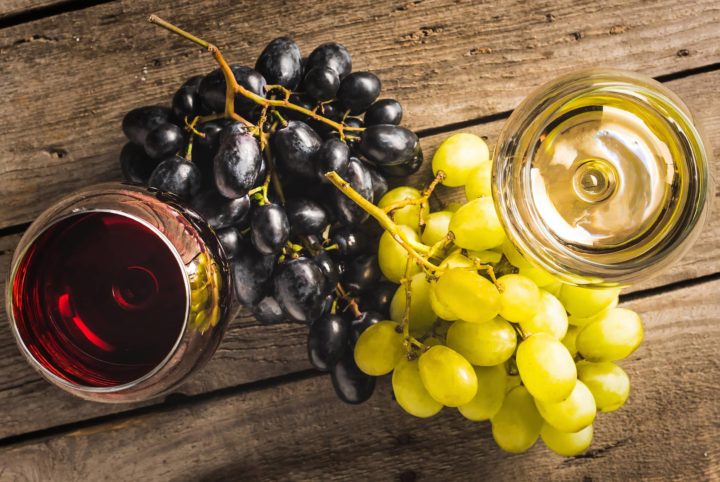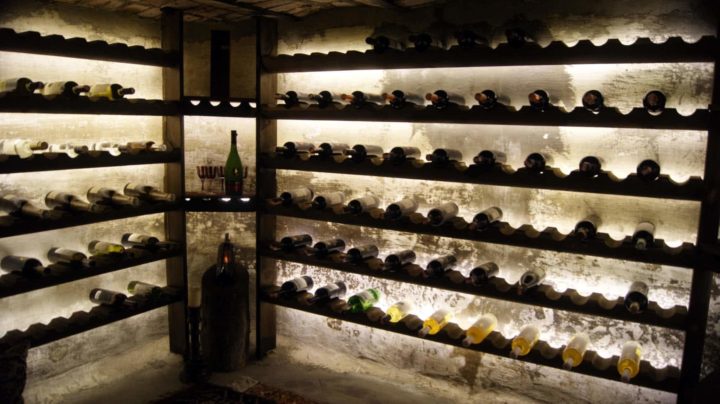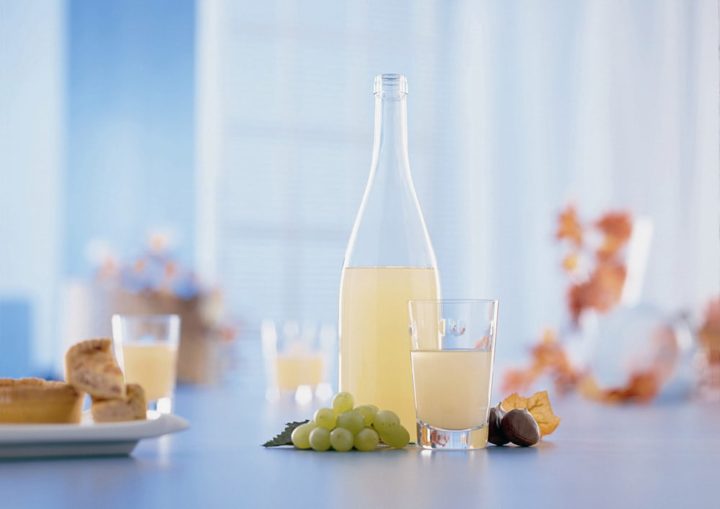For most people it begins in their twenties: the love of wine. The drink, appreciated in youth for its effects and not for its pleasure, becomes a true passion. Often this journey begins with a good bottle of wine that shows you what sour and boring liquid you have been drinking all these years. At least that’s how it was for me.
Once infected by wine fever, it won’t let you go for the rest of your life. But wine connoisseurs talk in cryptic, flowery terms, have a different glass for each wine and know the best serving temperature as soon as they open the bottle – or do they?
The Right Accessories
The good news right at the beginning. You don’t need much to enjoy wine in a manner befitting your station. A decent all-rounder glass, a corkscrew and a decent bottle of wine. That’s it!
Of course, there are also a lot of accessories in the wine world. But most of them are nice gadgets that you buy over time, try out joyfully at the beginning and forget about in the cupboard at some point.
As far as the right glass is concerned, a hot debate has broken out about this in recent years. The camp is roughly divided into two halves. The all-rounders, who use one glass for every wine, and the specialists, who use a special glass for each grape variety. However, the trend is clearly towards an all-rounder glass such as the Gabriel glass. These glasses are designed to show off as many wines as possible.
Summary
These are the things you really need:
- Universal wine glass (such as the Gabriel glass)
- Corkscrew / Waiter knife
- any number of good solid wines
Finding the right wines: Staying away from the cheap
Yes, good wine costs more than the famous $2.99 that some discounters advertise their “top wines” with. But you don’t have to spend hundreds or even thousands of euros for a good wine.
Solid wines are already available for under 6.00 $ to 10.00 $. However, these wines are usually quite simple and rarely show the potential of a grape variety. These wines are more suitable for a social evening where the wine should not be the focus.
To really dive into the world of wine and explore its taste are suitable tasting packages. For example, tasting packages from wirwinzer.de or Vinexus. Buy a tasting package or have it put together at the wine merchant, invite friends and celebrate a private wine tasting.
If you already have some experience, you should look for open or guided wine tastings in your area. Wine tastings offer the perfect conditions to get to know as many wines with different styles as possible and to broaden your horizon.
Swirl. Smell. Taste: Drinking wine properly
The taste of a wine is predominantly perceived through the nose. Our tongue is rather unsuitable for this demanding job. With it, just five basic tastes can be perceived.
Wine consists of over 500 aromas and aroma precursors that interact in complex ways. To release these aromas, wine drinkers swirl the glass in circular motions before smelling the wine to release as many aromas as possible. Swiveling coats the wall of the goblet with a film of wine. This increases the evaporation surface, which releases more aromas. Wine connoisseurs can already infer the age, origin or aging of a wine from its smell. Sounds crazy, but it’s just a matter of practice.
It is important that you try to classify the individual aromas (at least roughly). Does the wine smell rather fruity, earthy, of green plants or Christmas spices? Can individual fruits be specifically identified? Fruity, like apples or strawberries? Spicy, of vanilla, flint or dry firewood?
Now you taste the wine for the first time. Take a good sip. A little nip at the glass won’t do any good at all. Let the wine circle in your mouth and breathe in some air through your mouth while keeping it in your mouth. The typical slurping sound is created. What sounds funny or offensive to outsiders ensures that the released aromas reach the olfactory receptors via the nasopharynx. The taste intensifies.
In company or in a restaurant, you can get into the habit of very quiet slurping, so as not to unnecessarily disturb other guests or people present. Many chew the wine in this case and breathe out through the nose during the process. This is another way for the aromas to reach the nasopharynx and the olfactory receptors.
While you have the wine in your mouth, focus on the mouthfeel, in addition to the taste. Does the wine feel heavy or light? Does it have a weak, present or discordant acidity? Does it leave a creamy, broad mouthfeel or does it feel rather sharp and pointed?
Try to describe the feeling the wine leaves you with simple words.
Once you have swallowed the wine, pay attention to the length of the reverberation. How long does the wine remain clearly in the mouth? The length of the reverberation is measured in caudal. One caudal corresponds roughly to one second. Top wines can have a very strong aftertaste for minutes. Anything less than five seconds is generally referred to as a short reverberation, ten seconds or more as a medium reverberation, and 15 seconds or more as a long reverberation. The length of the reverberation is determined primarily by the amount of extract in the wine. The more extract, the longer the reverberation.









